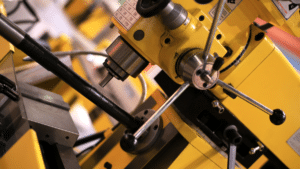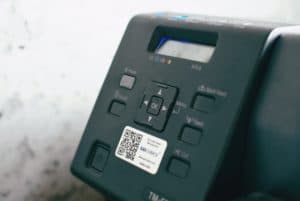With so many kinds of barcodes everywhere around us, and even more applications for them, deciding which type best fits your needs can be challenging.
If you want to sell products in retail or online, track your inventory or assets, or utilize barcodes in other ways specific to your industry, you will need a working knowledge of barcodes and their many uses.
In this article, we’re going to give you some handy information about the globally recognized and standardized 1D barcodes (UPC and EAN), as well as the most popular 2D barcode, the QR code.
Our goal is to give you deeper insights into the world of barcodes and give you sources for further research.
In basic terms, barcodes can be divided into two general types: 1D and 2D. Let’s start with 1D.
In this article...
One-Dimensional (1D) Barcode Types
1D barcode types are the most widespread and well-known—those are the ones typically scanned at checkout counters of retail shops around the world.
According to the characters they contain, 1D barcodes are further divided into:
Numeric-only barcodes | these use only numbers 0-9; some also support special characters |
Alphanumeric barcodes | these use both numbers and letters, sometimes also special characters |
This kind of barcode represents data by varying the widths and spacings of parallel, vertical lines, which are read horizontally by scanners.
1D barcodes we’re most familiar with as consumers are the barcodes encoded with a Universal Product Code (UPC) or a European Article Number (EAN).
Why? Because they’re best suited for scanning at retail points-of-sale (POS).
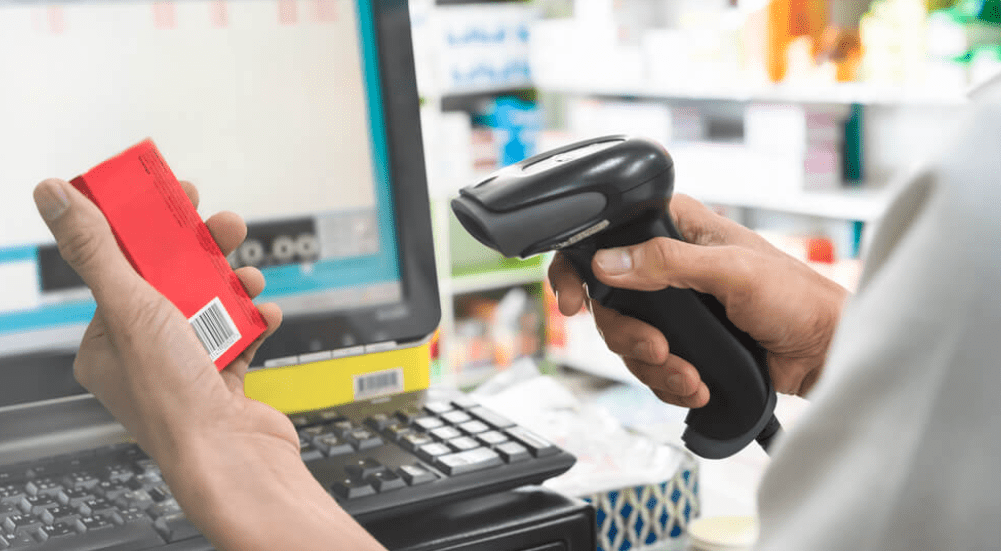
UPCs and EANs belong to a family of GS1 barcodes called GTINs.
Before we dive any further, we should explain what GS1 and GTIN stand for.
GS1 (Global Standards 1) is an international non-profit organization that develops and maintains globally interoperable business standards, among which the best-known ones refer to barcodes.
GS1 standards are used by 1.5 million companies worldwide. Over 100 million products with GS1 barcodes are scanned more than five billion times every day.
GTIN – Global Trade Item Number is a globally unique product identifier that incorporates both UPCs and EANs. These codes are kept in the GS1 database.
For example, Amazon states that all GTINs will be checked against the GS1 database. This includes GTIN-12 (or UPC) and GTIN-13 (or EAN).
So, if a product identifier (UPC or EAN) is obtained from one of 112 GS1 member organizations, it will be accepted worldwide.
This also means that, if you have a UPC, you don’t need to get an EAN, and vice versa.
Universal Product Codes (UPC)
UPC barcodes are used for scanning retail goods in stores, mainly in the U.S. and Canada.
The UPC data structure was the original code for all retail barcodes.
In fact, did you know that a pack of Wrigley’s gum was the first item in history whose barcode was scanned?
This happened in 1974 at Marsh’s supermarket in Troy, Ohio, and the product had a UPC barcode.
UPCs are numeric-only barcodes that support 12 or 6 digits.
Twelve digits are standard for a UPC (technically UPC-A) barcode, and the number also corresponds to GTIN-12. As said, this type of numeric-only barcode is found on most retail products.
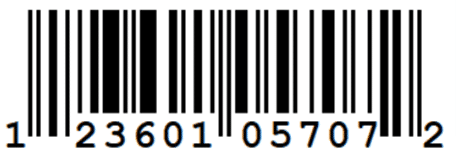
On the other hand, the six-digit UPC-E barcode is a shortened version of the UPC-A barcode, and it’s used for labeling small products.

The UPC-E barcode is thus regarded as the compressed form of GTIN-12.
As you’ll see later, this is relevant if you want to sell some small items like pens on Amazon or other online marketplaces.
Before we move on to EANs, remember that UPC and EAN are basically the same. Think of EAN as an international version of UPC.
Here’s a 12-digit UPC-A shown in black, with EAN-13 superimposed in red.
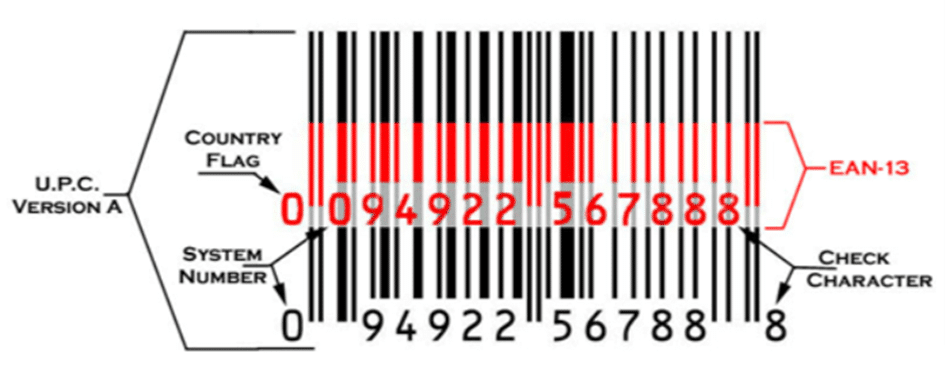
You can see that the black and white lines of the barcode are identical; only the numeric part is different.
EAN Barcodes
EAN stands for European Article Number, which is now usually referred to as the International Article Number.
Since 2009, EAN was renamed GTIN to signify that it has since been used internationally, and not just in Europe. But only the name has changed, so you can regard EAN and GTIN as synonymous.
EAN barcodes are omnipresent on retail products worldwide and increasingly in North America. They can have 8, 13, or 14 digits. Let’s break those down from the top:
First, there are EAN barcodes with fourteen digits. These numbers are not used at checkouts. Now called GTIN-14, they used to be referred to as EAN-14, ITF-14, Outer Case Codes, or even UCC-14 (EAN-UCC being the predecessor of GS1).

Their use? If the same product consists of multiple packs, its outer carton will carry an EAN-14 barcode. They’re used in logistics and transport.
A string of thirteen digits is called EAN (technically EAN-13), and it is the most widely used form of EAN barcodes. It’s synonymous with GTIN-13.
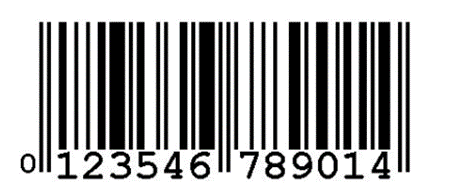
Next, there are EAN codes consisting of eight digits. These are called EAN-8 or GTIN-8.
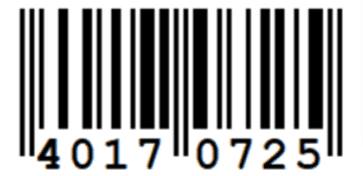
Like UPC-E, they’re used on small items.
As for selling those pens and other small items we’ve mentioned earlier, just remember that you would need to inflate both EAN-8 and UPC-E back to their original format before submitting the code to, for example, Amazon, eBay, or Etsy.
The next group of 1D barcodes includes Codes 39, 93, and 128.
Code 39 Barcodes
Created in 1975, Code 39 barcodes are primarily used in automotive, defense, health, and electronics industries across the globe.
They originally supported only 39 characters (hence their name), but now support 43.

Code 39 barcodes are:
- variable in length
- alphanumeric
- self-checking (no check digit required)
- bidirectional (can be read in both directions)
- readable by almost any scanner
Their biggest limitation is low data density. In other words, the print size required to encode data makes them unfit for small goods and assets.
They require about 25% more space than Code 93.
Code 93 Barcodes
Created in 1982, Code 93 was designed to ensure higher density (less space) and improved data security compared to Code 39.
Both Code 39 and 93 barcodes fully support the American Standard Code for Information Interchange (ASCII), but Code 93 allows for 48 characters.
Code 93 barcodes are used in many industries: logistics, automotive, manufacturing, and retail.

A combination of these characters can be used to represent all 128 ASCII characters; however, this lowers barcode density compared to Code 128.
Code 128 Barcodes
Code 128 was invented in 1981 to solve the issue of encoding both letters and numbers without sacrificing barcode density.
Code 128 barcodes are not meant for scanning retail products.
Their primary use revolves around the supply chain, i.e., logistics, transportation, and distribution.
They can encode a lot of data, which makes them suitable for, let’s say, tracking your container or items while they’re shipped.
Why are they called Code 128? Because they use all 128 ASCII characters.

One more thing: GS1-128 (formerly EAN-128) is a subset of Code 128 that is widely used in shipping and packaging.
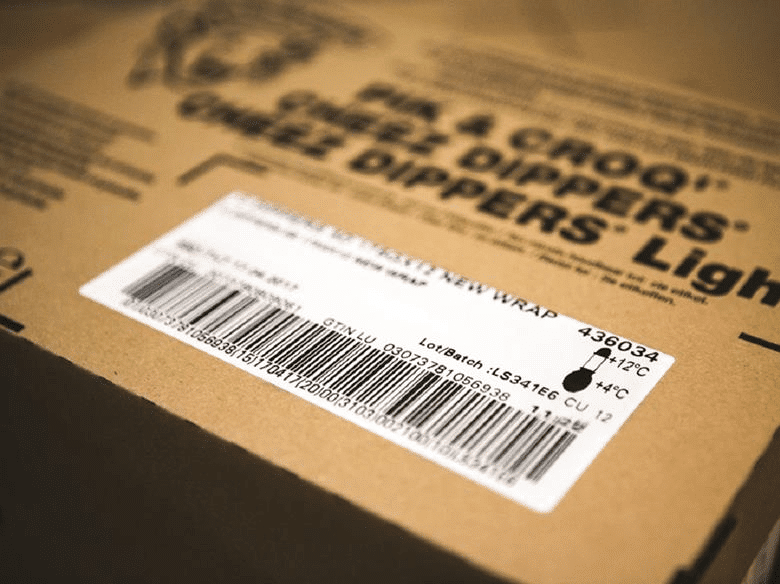
You can see this type in action in the photo above.
Interleaved Two of Five (ITF) Barcodes
The major advantage of ITF barcodes is that they can be printed and read on corrugated cardboard, which makes them ideal for identifying shipped or packaged containers and items.
“The ITF-14 barcode is the most common data carrier used for the GTIN-14 data structure in retail organizations.”
Here are some characteristics of ITF barcodes:
- numerical only
- no check digit
- high printing tolerance
ITF-14 is the GS1 adaptation of the ITF barcode and always encodes 14 digits.
Its four-component data structure looks like this:

The thick black border is called the Bearer Bar. It helps with printing and cuts down the number of misreads.
Codabar Barcodes
Codabar was developed in 1972, and it’s being slowly phased out by newer barcode formats that can encode much more data.
Its greatest advantages are that it can be printed on any printer and its code can be created without a computer.
Codabar has no check digit and encodes up to 16 characters plus four start/stop characters (*).
Despite being somewhat outdated, such barcodes are still used in many industries like logistics, healthcare, and education.
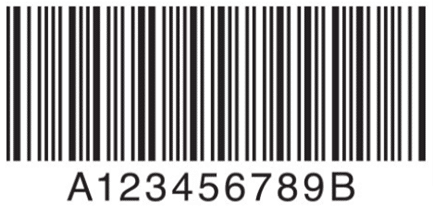
Also, codabar can still be found on the spine of many public and school library books.
GS1 DataBar Barcodes
Retailers commonly use GS1 DataBar barcodes to label perishable foods.
Although more compact than typical retail barcodes, they can contain data like the expiry date, item weight, and lot number, and can be read by laser scanners.
Since their introduction in 2001, GS1 DataBar barcodes have become the standard barcode format for retail coupons in the U.S.
In Japan, it’s mandatory to label all ethical pharmaceuticals with GS1 DataBar symbols since 2015.
Here is an example of an expanded stacked DataBar that supports a maximum of 74 numbers and 41 letters:
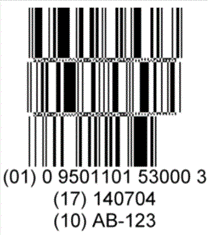
For comparison, here’s the same DataBar barcode in its extended form:

Their retail applications, other than coupons, include self-checkout stations, while the healthcare industry uses them for identifying small items.
MSI PLESSEY Barcodes
MSI Plessey barcodes are a variation of the Plessey Code developed in 1971.
These are numeric-only barcodes with variable lengths. The advantage is that they can be created at any length, meaning they can store almost any amount of data.
Their niche is inventory tracking in retail environments. In other words, you’ll see them on the front of shelves across supermarkets and warehouses.

This concludes our list of 1D barcodes. Let’s move on to 2D barcodes, which were developed in more recent times to support advances in technology and a growing need for more complex ways to label items and goods.
Two-Dimensional (2D) Barcode Types
2D barcode types (also called matrix barcodes) represent data using 2D shapes and symbols.
This means that information is stored both horizontally and vertically, giving them a much higher capacity for storing data than 1D barcodes.
In addition to their superior capacity, they can be read even in the case of very small printouts.
These barcode types can support up to 7,089 characters, meaning their data density is extremely high.
In recent years, some newer types of 2D barcodes have become very popular.
This primarily refers to QR codes, so they are first on our list of 2D barcodes.
QR Codes
Quick response (QR) codes are 2D barcodes that can encode various types of data. Each QR code can store up to 7,089 numbers or 4,296 letters, including special characters. They are public domain and free to use.

There are four standardized encoding modes that can be transformed into a QR code: numeric, alphanumeric, kanji, and byte/binary (which is used for all data that isn’t encompassed by the other modes).
QR codes can store more data than UPC and EAN barcodes, in addition to being more easily readable.
In addition to their flexible size, they have high fault tolerance. In other words, users can “read” the information even if a part of the QR code is missing.
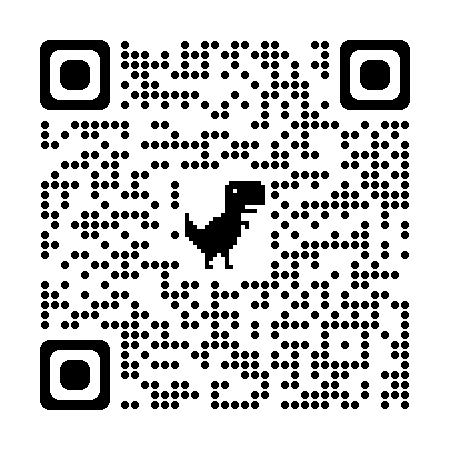
Though they can’t be read by standard 1D laser scanners you see at checkout, they can be read by smartphones.
Due to the global rise of smartphones and the recent massive adoption of touchless technologies, their use has skyrocketed.
Their range of applications is diverse:
- consumer advertising
- retail
- entertainment
- transportation
- commercial tracking
- preventative maintenance
- virtual reality systems
Our asset tracking system, GoCodes Asset Tracking, relies on unique QR code labels to help determine an asset’s location, establish accountability, and store relevant information about the asset.
Source: GoCodes Asset Tracking
In the example above, you can see how GoCodes Asset Tracking uses customizable QR codes to provide a unique and affordable asset and inventory tracking solution.
Datamatrix Codes
Datamatrix 2D barcodes are similar to PDF417s (which we cover in the following section) but have their own design for representing 2D bars.
Their capacity depends on the type of data stored:
- numeric (3,116)
- alphanumeric (2,335)
- binary (1,556)
Datamatrix codes are the most compact 2D barcodes, so they’re ideal for marking small electronic components and other items.
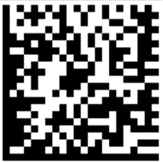
Its variant, GS1 DataMatrix, is used in aerospace, defense, pharmaceutical, and medical device manufacturing industries.
They’re even more scalable than QR codes and offer the same fast readability, high data density, and high fault tolerance.
Along with its 1D barcode counterparts, UPC-E, EAN-8 and Code 128, it belongs to the group of smallest barcodes available.
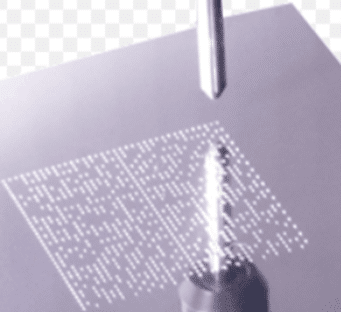
Readable at a size not much bigger than a pinhead, it can be lasered or etched directly onto components.
PDF417 Codes
PDF417 is a barcode with variable height and width. It consists of 3-90 rows with short bars and spaces. Each row is actually a file that looks like a tiny 1D code.
Using a complex system of 929 codewords, it can store much more data than other 2D barcodes. However, PDF417 print size depends on how much data it holds.
Its applications include different ID cards like passports and driver’s licenses, various ticketing applications for airlines, railways, and entertainment (concerts), as well as shipping labels, and inventory management.

Like QR codes, PDF417 is copyright-free and can be used without restriction.
AZTEC Codes
Aztec codes are also used in transportation ticketing applications, such as electronic or printed airline boarding passes and railway tickets. They’re also used for billing systems and even car registration.
Unlike other 2D codes, Aztec doesn’t need a quiet zone (an edge around the code); therefore, it can be smaller, which depends on the size of data it holds.
Due to their error correction features, they can also be read when they are poorly printed.

As opposed to QR codes, Aztec codes do not support kanji characters.
Conclusion
And with this, we’ve reached the end of our guide to different types of barcodes.
We hope this article has helped you narrow down the options and point you in the right direction. Remember, whatever your needs are, there is a barcode that can meet them and help you keep track of every item you’re working with.
So don’t miss out on the organizational, asset tracking, and sales benefits these handy symbols can provide.





